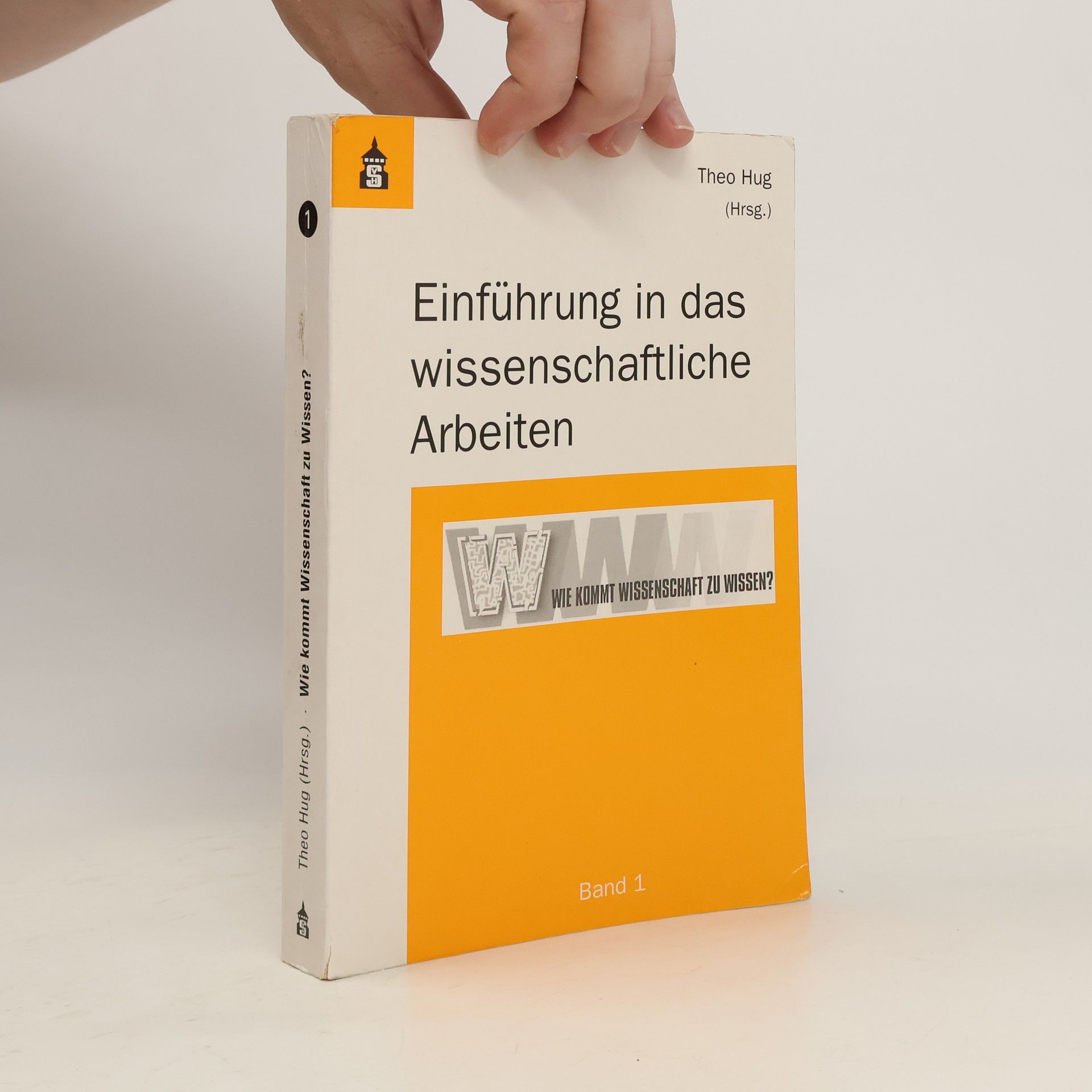Empirische Forschung ist ein zentrales Thema nahezu jeder wissenschaftlichen Ausbildung. Der Band von Theo Hug und Gerald Poscheschnik unter Mitarbeit von Bernd Lederer und Anton Perzy bietet einen Überblick über die wichtigsten Schritte bei der Planung und Umsetzung von empirischen Forschungsprojekten. Weil es dem Ablauf der Forschung folgt, kann das Buch auch als Leitfaden verwendet werden. Die gut verständliche Darstellung wird durch zahlreiche Übersichten, Literaturtipps und Internetquellen ergänzt. Die 3. Auflage enthält vertiefende und ergänzende Textabschnitte zu Erkenntnistheorie und Forschungsethik sowie zu qualitativen Erhebungs- und Auswertungsmethoden und eine Werkzeugkiste zur Erstellung von Interviewleitfäden. - Was ist und wie funktioniert empirische Forschung? - Welche Forschungsdesigns und –methoden gibt es? - Wie präsentiert man die Forschungsergebnisse?
Theo Hug Book order



- 2012
- 2001
Wie kommt Wissenschaft zu Wissen?
Einführung in die Wissenschaftstheorie und Wissenschaftsforschung. Bd. 4
- 420 pages
- 15 hours of reading
- 2001
Wie kommt Wissenschaft zu Wissen?
Einführung in das wissenschaftliche Arbeiten. Bd. 1